Charles Lummis Residence (El Alisal)
1894 – Charles Lummis
200 East Avenue 43 – map
Declared: 9/2/70
“Any fool can write a book and most of them are doing it; but it takes brains to build a house.” - Charles Fletcher Lummis
Since 1965, HCM No. 68, the Charles Lummis Residence, has served as headquarters for the Historical Society of Southern California. The place is open to the public, as a rule. Unfortunately, rules are often broken, and the landmark is under a temporary shutdown. This I didn’t find out until a couple of Saturday afternoons after it closed. The color photos you see here were taken, by me, through a chain link fence surrounding the property.
Charles Fletcher Lummis loved all things Native American and of the U.S. Southwest. He also loved smoking, drinking, and screwing around. A lot.
Charles Fletcher Lummis
Lummis was born in Massachusetts in 1859. Went to Harvard, wrote some poetry, made friends with Teddy Roosevelt, etc. In 1880, he married Dorothea Rhodes in Ohio. Four years later, while working at a Cincinnati newspaper, he got a job offer from the Los Angeles Times. He accepted the post and traveled to Los Angeles – by walking there. While both of my trips-on-foot from Ohio to L.A. were made in a beeline of about 2,200 miles, Lummis took 143 days in a journey which can be described as meandering. Lummis’s journalistic correspondences during the trip were compiled in the book A Tramp across the Continent (1892).
Suffered a stroke (had to teach himself to roll and light a cigarette one-handed), moved to Mexico to recover, and, there, survived an assassination attempt (was blasted with a shotgun). Got divorced. Remarried. Took about 10,000 pictures of Native Americans. Hung out in Peru for about ten months. Moved back to L.A.
Took a job at The Land of Sunshine magazine beginning at the end of 1895 and spent eleven years there as editor, writer, and columnist (column: “In the Lion’s Den”). (The magazine switched names to Out West at the start of 1902.)
The Land of Sunshine
Inside of El Alisal
Led the formation of the Landmarks Club of Southern California (1895). Established Indian rights group, the Sequoya League (1901). Became head of the L.A. Public Library (1904). Took part in setting up the Southwest Museum (1907) (it opened its doors on August 1, 1914).
Lost the library gig, went blind from "Guatemala Fever" for a time, went broke, got divorced again. Re-vamped an earlier book, publishing it as Mesa, Canyon, and Pueblo, his most important work, in 1925. Died on November 25, 1928.
Now, for the home. Lummis bought a two-and-half acre plot of land by the Arroyo Seco in May, 1894, for $650, driving in the stakes at the end of that summer. He moved his family into a four-room shack on the property in the autumn of the following year. In June of 1899, work was finished on the main room, the 28x16 feet Museo.
Oh. Did I mention he built it himself? Well, pretty much, anyway (he had the help of a few teenagers). He hauled the boulders, cut the wood, and did whatever else one does when one builds a house by oneself. CFL worked on the building for about fifteen years.
Lummis named the home El Alisal after the property's sycamore grove and the large sycamore around which he centered the house’s patio. (Harris Newmark, in Sixty Years in Southern California 1853-1913, says that sycamore was the same tree under which Greek George camped with his camels when he first arrived in L.A. in the 1850s.) Tons of parties were held at El Alisal, although Lummis termed them ‘noises’. After Lummis’s death, his friend Harry Carr wrote the parties’ guests
“... would be famous archaeologists, authors, great opera singers, painters, frontier scouts, big-game hunters and always a sprinkling of the scions of old California families. The party always ended with a guitar and Spanish songs, which you shouted if you couldn’t sing.”
While I didn’t get a look inside El Alisal (it was closed, remember), this guy did. And while there’s tons of information about Charles Lummis around the web, you could do a lot worse than reading Mark Thompson’s 2001 bio, American Character: The Curious History of Charles Fletcher Lummis and the Rediscovery of the Southwest.
The black and white photos here are from the L.A. Public Library photo archive. Public domain, I reckon.
The Lummis Residence is also a State Landmark (No. 531) and is listed on the National Register of Historic Places.
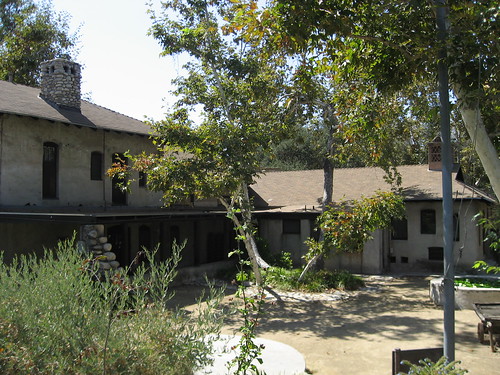
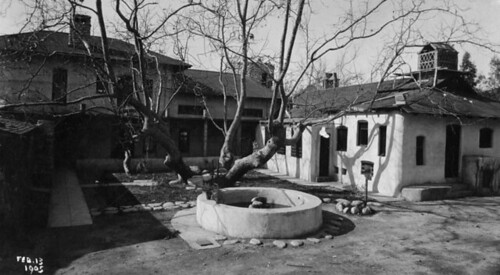
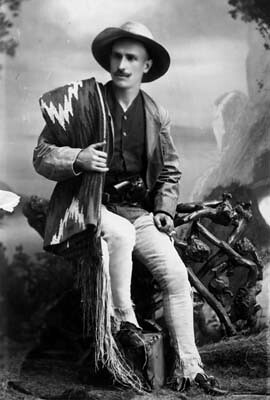
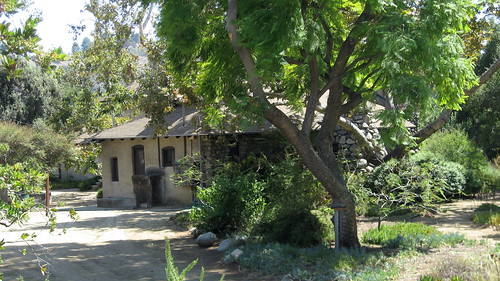
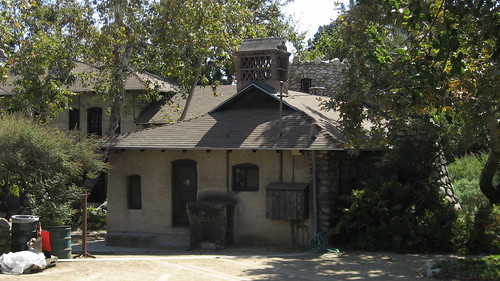


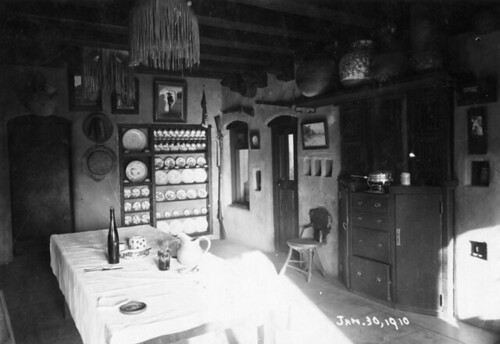

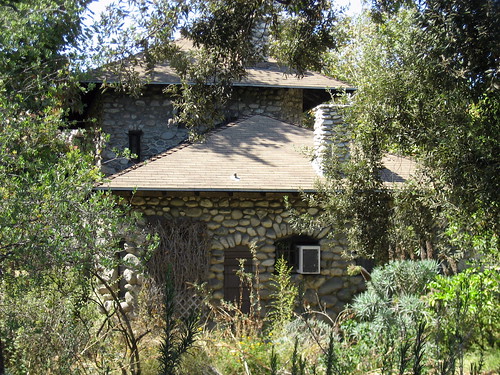
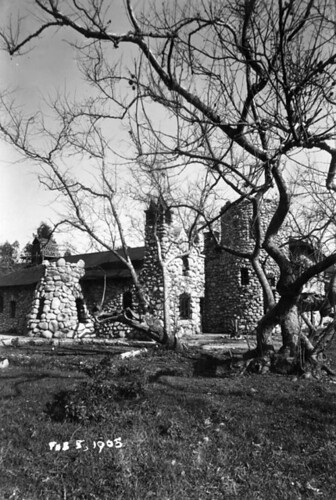
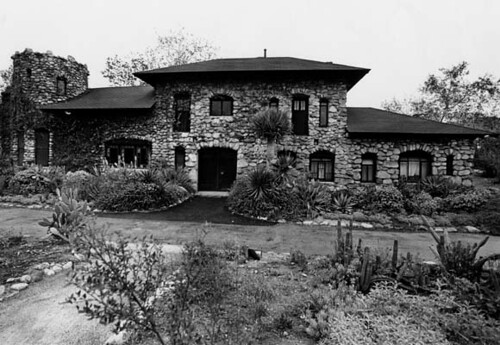
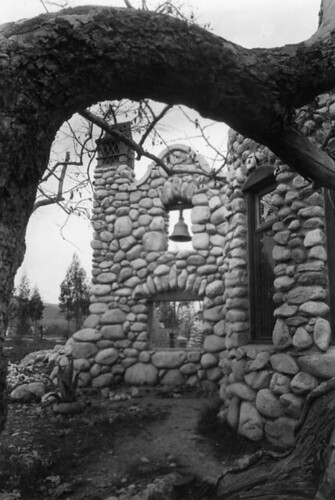
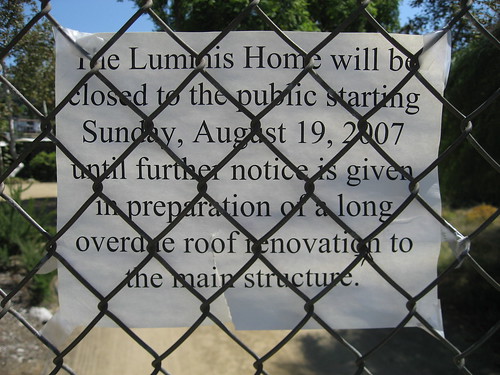
Geez, Lummis had a tough go of things. Too bad you couldn't get in. That'd been cool.
ReplyDeleteThere was an interesting article about Lummis in Smithsonian magazine in the early 90s.
ReplyDelete